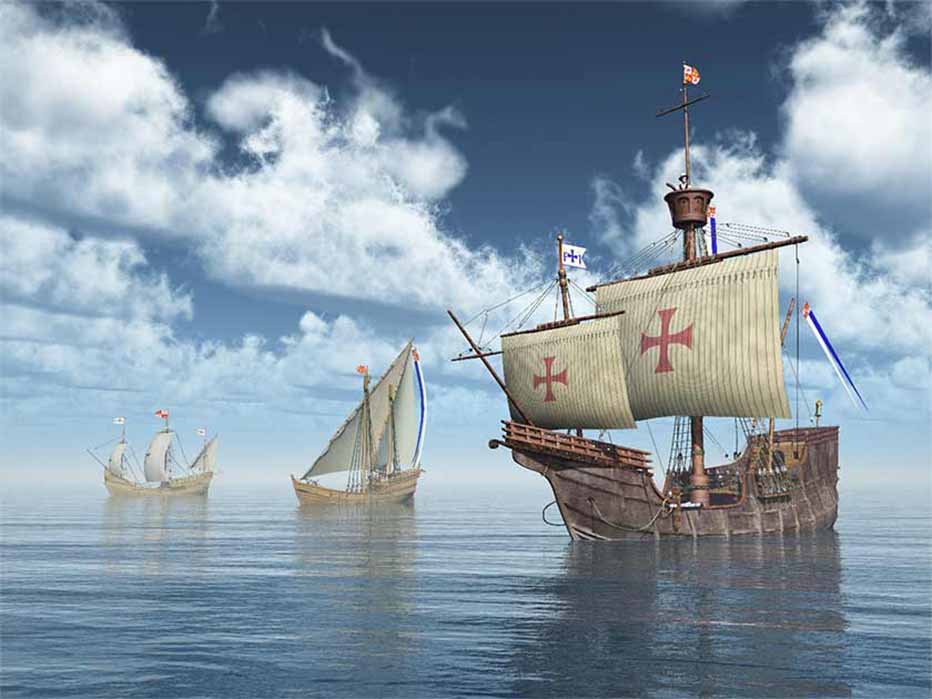
Discovering The New World: The Papacy’s Backing Of Dante And Columbus
A concerning trend has broken out in the world: that of rewriting history to one's liking by acclaiming or tarnishing historical figures of whom very little is actually known. For more than 30 years, the journalist, poet and writer Ruggero Marino has studied the figure of the navigator Christopher Columbus. Contrary to popular belief, the life of the man who discovered the New World is an enigma. After decades of research a truth has emerged: the contribution of the Church to the enterprise of Columbus. In the past, numerous scholars have contested, but then accepted this theses, proof in hand, proposed by Marino. In his book Dante, Colombo e la fine del mondo, he shines new light on the clues sown along the history of a continent whose memory was lost.

John of Patmos watches the descent of New Jerusalem from God in a 14th-century tapestry ( Octave 444 /CC BY-SA 4.0)
Utopians In Search Of Paradise
Marino studied the similarities between Dante Alighieri and Christopher Columbus. Both were utopians, looking for a better world; Dante through literature, Columbus with his discoveries, in search of Paradise. Dante's is a "Divine Paradise”, Columbus' is a "Earthly Paradise”, the one of the Bible, which was at the time considered a true text and the real history of humanity. To the men of the Middle Ages - whom Columbus would lead to the Renaissance of civilization - everything had to correspond to the Holy Scriptures, which lay every foundation of the secular world and the Divinity. The Earthly Paradise was sought, since at the time people believed in the existence of correspondences between the "heavenly” and the “earthly” city of Jerusalem, which on some maps was marked the navel of the world. Dante’s mysticism resurfaces in the inspiration of Columbus. For both, the monk Joachim of Fiore "with a gifted prophetic spirit”, as Dante writes, was the source of their spiritual convictions and his influence is clear in the expressions of Columbus and the verses of Dante.

Joachim of Fiore studying by unknown artist (1516) (Public Domain)
Joachim Of Fiore And The Templars
Joachim of Fiore preached that the Age of the Holy Spirit (a new dispensation of universal love) would succeed the Age of the Father (Old Testament) and the Age of the Son (New Testament). In Columbus’ life time, the time was approaching for the fulfillment of Joachim's prophecy: the end of the world was only about 150 years away.
An aspect never taken into consideration, concerning both Dante and Columbus, is their possible belonging to a knightly order: the Templars. Although at the time of Dante the defeat of the Order had already occurred, while at the time of Columbus the Order had merged into other orders of chivalry, clues suggest that the two men were not strangers to the Templars. Dante fought in the Battle of Campaldino and Columbus is said to have fought under the walls of Granada. Thus, both could be defined as knights and it would explain, at least for Columbus, the Templar influence in the design and color of the cross sewn on the sails of his caravels. As for Dante, it is believed he may have been a member of the Templar sect "The faithful of love” and could have witnessed the burning of the Templar summits in Paris in 1314.

The Templars Cross on the ships (Michael Rosskothen / Adobe Stock)




